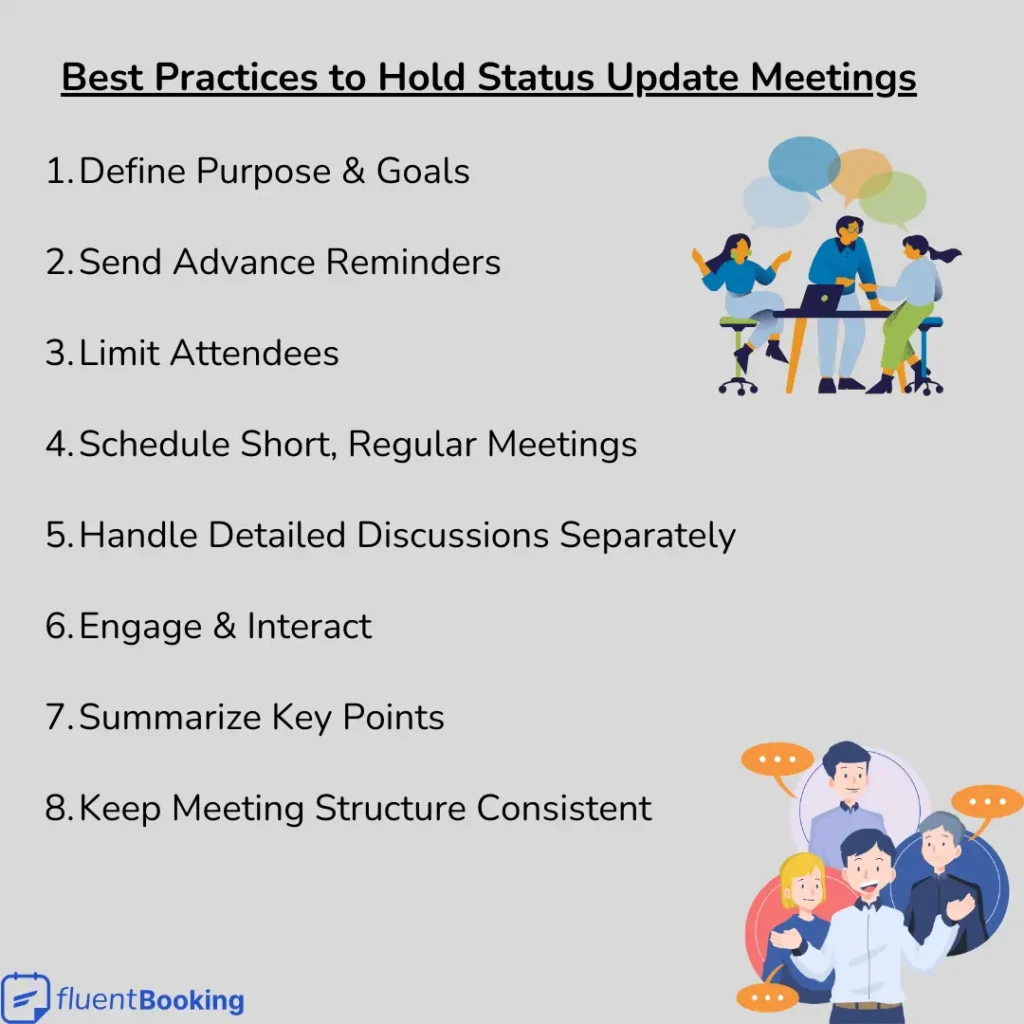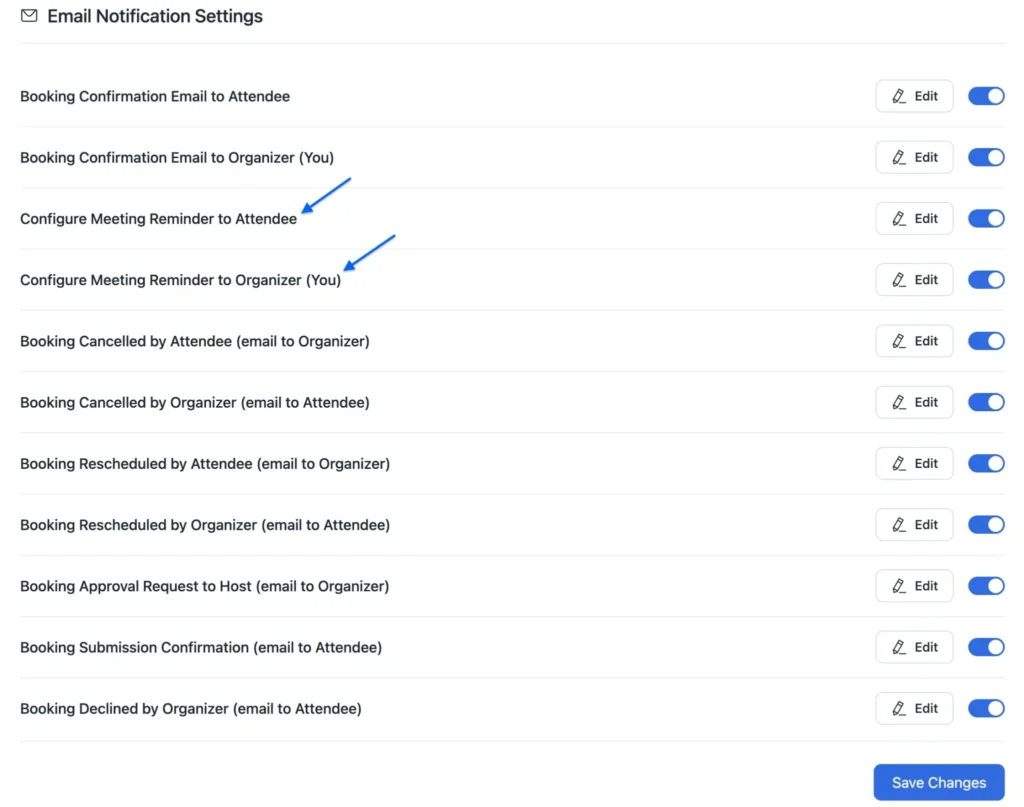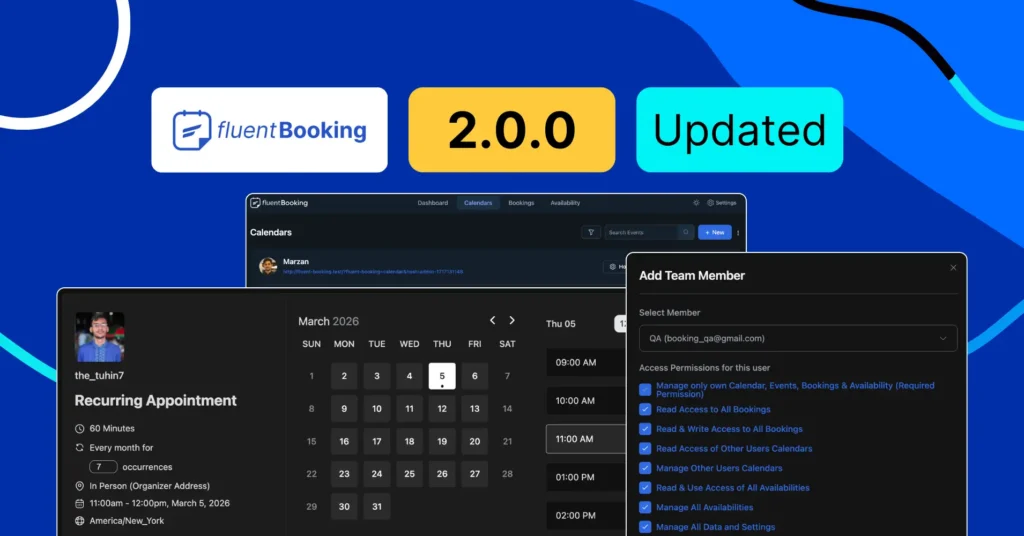
Status Update Meetings: How to Get Them Absolutely Right!
You take the last gulp of coffee in the office cafeteria and glance at the clock — it’s 2 pm. You’re heading into another status update meeting and already feel the terror. You expect the usual chaos: scattered ideas, endless distractions, and little progress.
But does it really have to be this way?
No, it doesn’t. The problem is not the sessions themselves, it’s how they’re conducted. With the right approach, status update meetings can be focused, inspiring, and result-oriented.
In this article, we’ll show you simple ways to make status update sessions work better for your team, turning them into a source of productivity and energy.
What is a Status Update Meeting?
A status update meeting is a quick, focused session where team members share project updates, keep tabs on progress, discuss challenges, and plan the next steps. These short meetings help keep all the team members informed and aligned, making sure the team stays on track with their tasks.
You might be wondering how to give a status update in a meeting. To ensure your update is both informative and engaging, follow these key steps:
- Recent Activities: Begin by summarizing what was accomplished since the last update. For example, you might say, “Last week, we completed the initial project planning phase.”
- Current Tasks: Next, describe what is being worked on right now. You could state, “This week, our focus is on developing the software prototype.”
- Challenges and Assistance Needed: Finally, highlight any obstacles you’re facing and specify where help might be required. For instance, “We are encountering some integration issues and may need additional resources.”
By including these elements, you can ensure your status update is clear, concise, and informative.
What is the Purpose of a Status Update Meeting?
Status update meetings are one of the common types of meetings vital for keeping projects on track. They help teams monitor progress, solve problems, and make key decisions together. By ensuring everyone knows their next steps, they keep the project moving forward smoothly.
For a marketing team, a status update meeting is a great way for marketers, designers, and project managers to catch up on campaign progress, talk about challenges, and align their strategies.
During these status meetings, team members usually focus on three main questions:
- What tasks did I complete last week?
- What are my priorities for this week?
- Are there any roadblocks hindering my progress?
This format helps everyone stay on schedule and work together smoothly.
Who Should Attend a Status Update Meeting?
Alright, now let’s talk about who should be at your status update meeting. Think of it like a gathering —invite those who really need to be in the process. We are talking about
- Team leads
- Project managers
- Key stakeholders &
- Those contributing to the tasks
Here’s a twist: sometimes, status update meetings may also be related to people outside of your team. In those cases, it’s a good idea to invite team members from other departments who are relevant to the discussion. This way, everyone who needs to know stays in the loop without overcrowding the meeting.
So, remember, when it comes to status update meetings, less is often more. Keep it focused, keep it relevant, and you’ll be golden.
How to Prepare for an Effective Status Update Meeting?
In any status meeting, a range of well-crafted components is needed to keep things in order and productive. The components will be like a roadmap guiding the meeting and ensuring everyone knows what’s ahead.
Here are the key elements that are usually incorporated to structure a successful status update meeting:
Pre-Meeting Preparation
- Set Clear Goals: Define what you want to achieve in the meeting.
- Prepare an Agenda: List the topics to discuss and assign time slots for each.
Throughout the Meeting
- Kick Off with an Introduction: Start with a brief overview to set the tone and explain the meeting’s purpose.
- Share Updates: Let each team member share their progress. Keep it brief and relevant to the team.
- Address Challenges: Discuss any issues raised by the team and work together to find solutions.
- Note Action Items: Write down tasks, decisions, and plans that come up during the discussion.
Post-Meeting Actions
- Summarise and Share: Record the meeting notes, action items, and decisions accurately. Distribute them to all participants.
- Schedule Follow-Ups: If needed, arrange follow-up meetings or discussions based on the meeting’s outcomes.
This structured approach will make your status update meetings more organized and less stressful.
8 Best Practices to Hold Productive Status Update Meetings

Here are a few best practices that you can implement to make your status update meetings more productive:
Define Purpose and Goals
Before scheduling a status update meeting, clearly outline its purpose. Knowing exactly what you want to achieve will help keep the meeting focused and productive. When everyone understands the goals beforehand, the meeting will be more efficient and effective.
Send Advance Reminders
Send out a reminder well before the meeting date with the time, location, and agenda. This will give all the team members ample time to prepare and ensure they can attend.

FluentBooking will help you send early appointment reminders to help prevent last-minute conflicts and ensure everyone comes prepared.
Here’s a guide to appointment reminders for you!
Limit Attendees
Invite only those who are directly involved in the projects being discussed. Generally, you don’t want more than eight people at a time. This will keep the meeting streamlined and focused. Fewer attendees means less distraction and more meaningful contributions from each person.
FluentBooking can help you to limit attendees and manually select only those members who matter.
Schedule Short, Regular Meetings
Opt for short, weekly status update meetings instead of longer, less frequent ones. Regular updates help maintain momentum and address issues quickly. This approach will ensure that everyone stays informed without taking up too much time.
Use Visual Tools
Keeping track of multiple projects and tasks can be challenging. Visual aids help everyone see progress at a glance. They are particularly useful for remote teams who can’t meet in person regularly.
Utilizing project management tools such as FluentBoards can make the status update meeting more interactive and help illustrate the overall progress and any areas needing attention.
Handle Detailed Discussions Separately
Keep status update meetings focused on progress and resource needs. Try to handle the detailed task instructions outside the meeting through emails, instant messages, or one-on-one meetings. This approach ensures the meeting stays efficient and productive while still addressing specific issues as needed.
Engage and Interact
Status meetings can often feel boring and unproductive, but they don’t have to be. Make them more engaging by asking open-ended questions and getting feedback from specific team members.
Bring and ask those who have just finished a project to share what they learned and how they can help others with similar tasks. By asking about useful resources and recognizing team members who excel, you can make status meetings more engaging and effective.
Keep Meeting Structure Consistent
Keeping the same meeting format each time is important, especially for status updates. With status meetings occurring frequently and team members giving updates multiple times a week, sticking to a consistent structure makes everything run more smoothly.
Using the same outline for your status update meetings will help everyone know what to expect and keep things organized.
What are the Types of Status Update Meetings?
Here are various types of status update meetings, each serving a unique purpose:
- Weekly Project Check-in: These regular updates keep the team aligned and the project on track. It’s a chance to talk about upcoming tasks and milestones so everyone knows what’s next.
- Project Kick-off: This is the first meeting before the project starts. It gets everyone on the same page about goals, expectations, and roles, setting up a clear roadmap for the project.
- Post-Project Status Update: After the project ends, this meeting is all about reflecting on what went well and what could be improved. It’s a chance to learn from successes and challenges.
- Daily Check-in: These quick, daily updates help address any immediate issues and keep things moving smoothly. They ensure that any roadblocks are quickly identified and resolved.
- Bi-weekly Check-ins: Held every other week, these brief updates give a quick overview of the project’s status. They help keep everyone informed about ongoing progress.
- Stand-up Meetings: These very brief meetings, usually 5 to 10 minutes, have team members share what they’re working on and any obstacles they’re facing. It’s a quick way to keep everyone on track.
- Quarterly Business Review: Every three months, this meeting reviews the business’s progress and strategic plans. It’s a time to evaluate overall performance and set goals for the next quarter.
Let’s Empower Teams with Status Update Meetings!
Status update meetings are key to a project’s success. They align the entire team, help to identify issues early, and boost motivation. These meetings are crucial touchpoints that can make or break your project, so don’t underestimate their importance.
Consistent, well-planned status meetings with the right people can simplify your project and boost your output. So, prioritize and schedule status meetings and watch your projects succeed!
Maisha Abedin
Hey, it’s Maisha! I enjoy crafting stories and producing content that adds value to readers. Outside of work, you will either find me capturing the beauty in the mundane or daydreaming about the perfect lasagna!
Table of Content
Subscribe To Get
WordPress Guides, Tips, and Tutorials











Leave a Reply